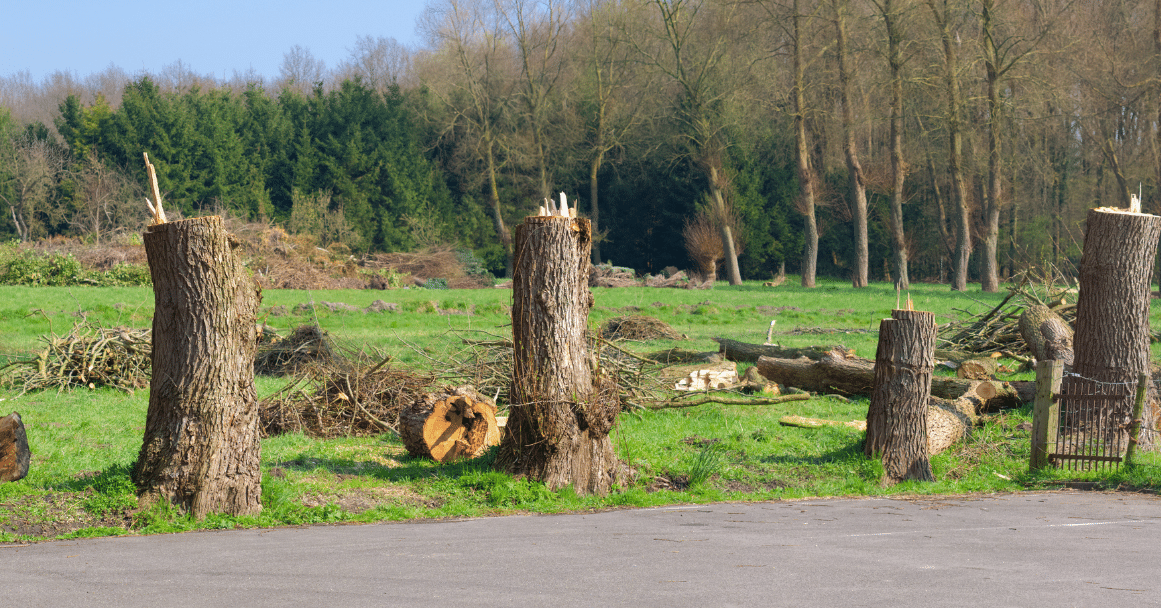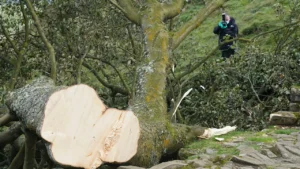Cutting Down Trees Without a Permit: Understanding the Legal, Environmental, and Financial Consequences
You might think that the trees on your property are yours to do with as you please. After all, it’s your land, right? But before you fire up that chainsaw, you should know that cutting down trees without proper permits can lead to serious consequences—from hefty fines to criminal charges and lasting environmental damage. This comprehensive guide will help you understand the legal frameworks governing tree removal, the potential penalties for non-compliance, and how to properly obtain the necessary permits.
Why Tree Removal Permits Exist
Trees are more than just aesthetic features of your property. They provide crucial environmental benefits including:
- Carbon sequestration and oxygen production
- Erosion control and soil stabilization
- Stormwater management and flood prevention
- Wildlife habitat and biodiversity support
- Temperature regulation and energy conservation
When you remove trees without proper oversight, you risk disrupting these ecological functions. Tree removal permits exist to balance property owners’ rights with broader public and environmental interests. These regulations help ensure that tree removal is done responsibly, with consideration for:
- Public safety
- Environmental protection
- Neighborhood character preservation
- Property value protection
- Local ecosystem health
According to the U.S. Forest Service, a single mature tree can absorb up to 48 pounds of carbon dioxide annually and release enough oxygen to support two human beings. The thoughtful management of tree resources, even on private property, has significant public benefits that justify regulation.
Understanding Tree Removal Laws and Regulations
Tree removal regulations vary significantly across jurisdictions, creating a complex patchwork of rules that property owners must navigate. These regulations typically fall into several categories:
Federal Regulations
Federal regulations primarily apply to protected species and federal lands. The Endangered Species Act prohibits the removal of trees that serve as critical habitat for threatened or endangered species. If you have protected species on your property, you’ll need permits from the U.S. Fish and Wildlife Service before removing any trees that might impact these species.
Federal laws also protect certain heritage trees and historic landscapes. The National Historic Preservation Act may require special permits for tree removal in historically significant areas. You can find detailed information about these federal protections on the U.S. Fish and Wildlife Service website.
State-Level Regulations
Each state establishes its own framework for tree protection and removal. Some states have comprehensive forest management laws, while others delegate most tree regulation to local governments. State regulations often focus on:
- Timber harvesting practices
- Watershed protection
- Fire prevention
- Invasive species management
- Scenic corridor preservation
States like California, Oregon, and Washington have particularly stringent forest practice regulations that apply even to privately owned property. California’s Oak Protection Act, for instance, requires permits for the removal of certain oak species regardless of the property’s location or size.
Local Ordinances
The most detailed and restrictive tree regulations typically exist at the municipal level. Cities and counties often have tree preservation ordinances that specify:
- Protected tree species and sizes
- Permit requirements for removal
- Replacement planting requirements
- Historic or landmark tree designations
- Buffer zone requirements near streams or sensitive areas
Local ordinances can vary dramatically even between neighboring communities. For example, Atlanta requires permits for removing any tree with a diameter greater than 6 inches, while some rural counties in Georgia have minimal restrictions on private property tree removal.
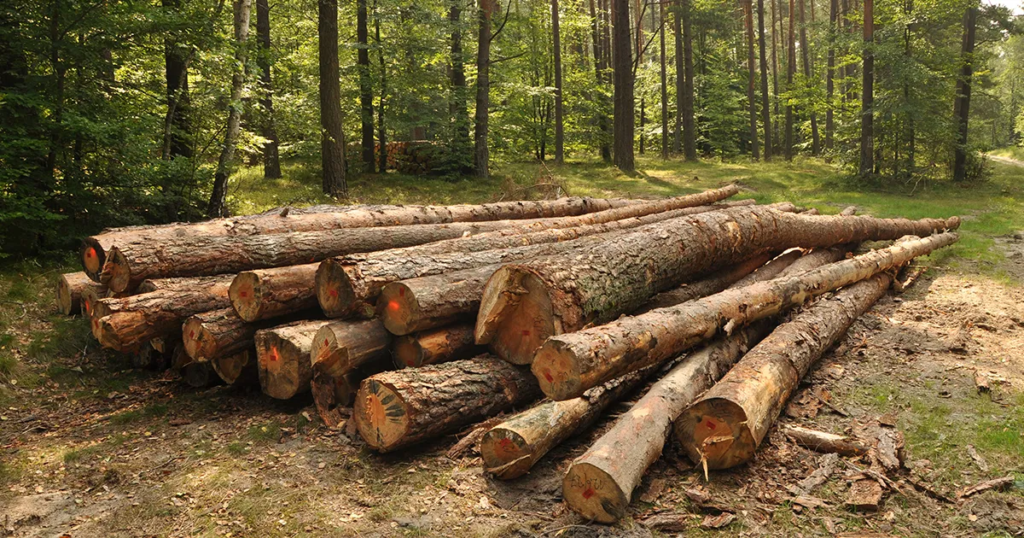
The following table illustrates the variance in local tree ordinances across several major U.S. cities:
| City | Protected Tree Size | Permit Required For | Replacement Requirement | Fine for Unpermitted Removal |
|---|---|---|---|---|
| Atlanta, GA | 6+ inches diameter | Any protected tree removal | 1-3 trees per tree removed | $500-$1,000 per inch of diameter |
| Austin, TX | 8+ inches diameter (19+ inches for heritage trees) | Any protected tree removal | Inch-for-inch replacement | Up to $2,000 per tree |
| Portland, OR | 12+ inches diameter | Any tree removal on private property | Inch-for-inch replacement | Up to $1,000 per tree + replacement cost |
| San Francisco, CA | Any significant tree (as defined by location, size, species) | Any significant tree removal | Replacement based on canopy size | $1,750 per tree + replacement cost |
| New York City, NY | Varies by borough | Any tree removal on public property | Caliper-inch replacement | Up to $15,000 per tree |
Homeowner Association Rules
Beyond government regulations, you may face additional restrictions if your property is part of a homeowner association (HOA). HOAs frequently include tree protection in their covenants, conditions, and restrictions (CC&Rs). These private agreements can be more restrictive than municipal ordinances and typically require HOA approval before removing trees, even if local laws don’t mandate permits.
Violating HOA tree rules can result in:
- Association fines
- Mandatory tree replacement
- Legal action by the HOA
- Potential liens against your property
The Serious Consequences of Illegal Tree Removal
When you cut down trees without required permits, you expose yourself to various penalties that can be surprisingly severe. The consequences typically increase with the number, size, and significance of the trees removed.
Financial Penalties
Fines for unpermitted tree removal can be substantial and are often calculated based on the tree’s diameter, species, and condition. Many jurisdictions use a per-inch diameter calculation method, with penalties ranging from $100 to over $1,000 per diameter inch. For mature trees, this can quickly add up to tens of thousands of dollars.
In addition to basic fines, you may face:
- Administrative penalty fees
- Investigation costs
- Tree appraisal costs
- Mandatory restoration expenses
- Increased property taxes (if you had tax benefits for forestland)
In a notable 2020 case in Portland, Oregon, a property developer was fined $450,000 for removing 57 trees without permits during a construction project. The fine was based on the combined diameter inches of the removed trees and the assessed value of the trees to the community.
Criminal Charges
In many jurisdictions, unpermitted tree removal is not just a civil violation but can be a criminal offense. Depending on the circumstances, you might face:
- Misdemeanor charges for basic violations
- Felony charges for extensive tree removal or removal of particularly significant trees
- Criminal trespassing charges if you remove trees from public land or a neighbor’s property
- Criminal mischief or property damage charges
- Environmental crime charges under state or federal law
Criminal penalties can include probation, community service, and even jail time for serious violations. In 2019, a property owner in California received a 30-day jail sentence along with fines after illegally removing five protected oak trees.
Civil Liability
Beyond government penalties, unpermitted tree removal can expose you to civil lawsuits from:
- Neighbors affected by the tree removal
- Environmental organizations (in some jurisdictions)
- Homeowner associations
- Future property owners (for failure to disclose violations)
Civil damages may include:
- Decrease in neighboring property values
- Loss of privacy, shade, or aesthetic benefits
- Environmental remediation costs
- Emotional distress damages
Property Value and Resale Impacts
Unpermitted tree removal can create lasting issues with your property that emerge during real estate transactions. These include:
- Clouds on title due to outstanding violations
- Mandatory disclosure of violations to potential buyers
- Difficulty obtaining mortgage approvals if violations are unresolved
- Reduced property value due to loss of mature trees
- Requirements to resolve violations before closing
A study by the U.S. Forest Service found that mature trees can increase residential property values by 3-15%. Removing these trees not only eliminates this value enhancement but can further reduce value if done illegally.
Environmental Restoration Requirements
Many jurisdictions require environmental remediation after illegal tree removal. These requirements can include:
- Replacement tree planting (often at ratios of 2:1, 3:1, or higher)
- Monitoring and maintenance of replacement trees for several years
- Installation of erosion control measures
- Habitat restoration projects
- Long-term conservation easements
These remediation requirements often come with significant costs that far exceed the original permit fees you might have paid.
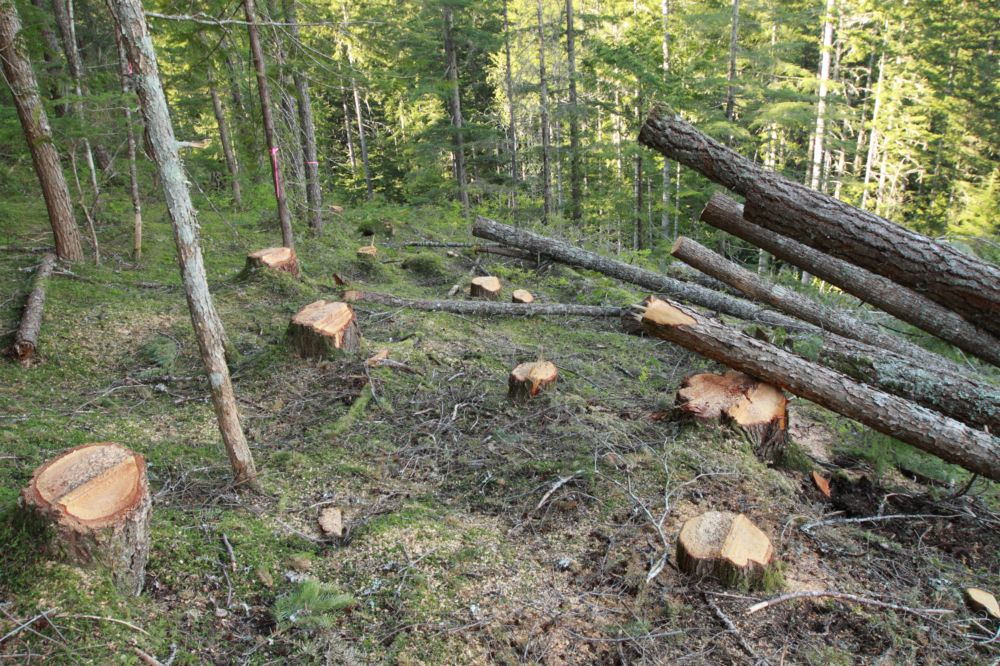
The table below summarizes the potential consequences of unpermitted tree removal in different scenarios:
| Scenario | Typical Financial Penalties | Potential Criminal Charges | Additional Consequences |
|---|---|---|---|
| Single tree removal on residential property | $500-$5,000 | Ordinance violation (minor) | Replacement planting requirement |
| Multiple trees on residential property | $5,000-$30,000 | Misdemeanor charges | Restoration plan, property value impact |
| Protected/heritage tree removal | $10,000-$50,000 per tree | Misdemeanor or felony charges | Intensive restoration requirements, possible injunctions |
| Commercial property/development site | $25,000-$500,000 | Business license impacts, criminal charges for responsible parties | Construction delays, permit revocations, mandatory site remediation |
| Public land encroachment | $1,000-$100,000 | Trespassing, theft, property damage charges | Restoration costs, legal fees, potential imprisonment |
Special Circumstances and Exceptions
While tree removal generally requires permits, some situations may allow for expedited processes or exemptions:
Emergency Removal
Most jurisdictions allow emergency removal of hazardous trees that pose an immediate danger to people or property. However, these provisions typically:
- Require documentation of the hazard (photos, arborist reports)
- Mandate post-removal notification to authorities
- May still require replacement planting
- Apply only to genuinely dangerous situations, not inconvenient or unwanted trees
The FEMA Emergency Management website provides guidance on hazard documentation that can help support emergency removal claims.
Dead, Diseased, or Hazardous Trees
Many ordinances include simplified procedures for removing trees that are:
- Certified as dead by a qualified arborist
- Diagnosed with certain communicable diseases that threaten other trees
- Structurally compromised but not an immediate hazard
These situations usually still require permits, but the process may be streamlined and fees reduced or waived. The approval rate for these permits is typically much higher than for healthy tree removal.
Invasive Species Removal
Trees classified as invasive species often have reduced protection. In some cases, jurisdictions actively encourage their removal. Common invasive tree species in the U.S. include:
- Tree of Heaven (Ailanthus altissima)
- Bradford Pear (Pyrus calleryana)
- Russian Olive (Elaeagnus angustifolia)
- Tamarisk/Salt Cedar (Tamarix spp.)
- Norway Maple (Acer platanoides)
The USDA National Invasive Species Information Center provides resources on identifying invasive trees in your region.
Agricultural Exemptions
Many tree ordinances include exemptions for:
- Established farming operations
- Orchards and tree farms
- Routine agricultural management
- Timber harvesting (though this typically requires different permits)
These exemptions vary widely and may require documentation of agricultural status or forestry management plans.
How to Legally Remove Trees on Your Property
The proper process for tree removal varies by location, but generally follows these steps:
1. Research Local Requirements
Before making any plans to remove trees, research the specific requirements in your jurisdiction:
- Check your city or county website for tree ordinance information
- Contact your local planning, development, or environmental department
- Review your HOA covenants and restrictions if applicable
- Consult with a local arborist familiar with local regulations
Many municipalities now have online resources that clearly outline protected tree specifications and permit processes. The Arbor Day Foundation also maintains resources on tree ordinances across the United States.
2. Tree Identification and Assessment
Identify the trees you wish to remove and determine if they’re protected:
- Measure the diameter at breast height (DBH) – typically 4.5 feet from ground level
- Identify the species (many jurisdictions protect specific native species)
- Assess the tree’s condition (healthy, diseased, hazardous)
- Determine if the tree is in a protected location (near streams, in setbacks, etc.)
Professional arborists can provide certified assessments that may be required for permit applications.
3. Permit Application Process
The typical permit application process includes:
- Completing an application form with property and tree information
- Paying application fees (typically $25-$300 depending on jurisdiction and scope)
- Submitting a site plan showing tree locations
- Providing arborist reports if required
- Detailing replacement planting plans
- Neighbor notification in some jurisdictions
Processing times vary from a few days to several months depending on the complexity of the request and local staffing levels.
4. Professional Removal and Documentation
Once your permit is approved:
- Hire qualified, insured tree removal professionals
- Ensure they’re aware of permit conditions and limitations
- Document the removal process with photographs
- Save all receipts and documentation
- Implement required replacement plantings within specified timeframes
- Schedule any required inspections after work is completed
5. Long-term Compliance
After removal, maintain compliance with:
- Care requirements for replacement trees
- Monitoring and reporting obligations
- Erosion control measures if specified
- Any conservation easements or restrictions placed on the property
The table below outlines the typical permit costs and processing times for different types of tree removal requests:
| Type of Request | Typical Permit Fee | Processing Time | Approval Likelihood | Additional Requirements |
|---|---|---|---|---|
| Single residential tree | $25-$100 | 1-2 weeks | Moderate to high | Simple replacement planting |
| Multiple residential trees | $100-$300 | 2-4 weeks | Moderate | More extensive replacement, possible site visit |
| Heritage/significant tree | $200-$500 | 1-3 months | Low to moderate | Arborist report, public notice, hearing possible |
| Development-related removal | $300-$2,000+ | 1-6 months | Varies | Tree survey, mitigation plan, public hearings |
| Dead/hazardous tree | $0-$50 | 1-7 days | High | Arborist certification of condition |
Alternatives to Tree Removal
Before deciding to remove trees, consider these alternatives that might accomplish your goals while preserving valuable trees:
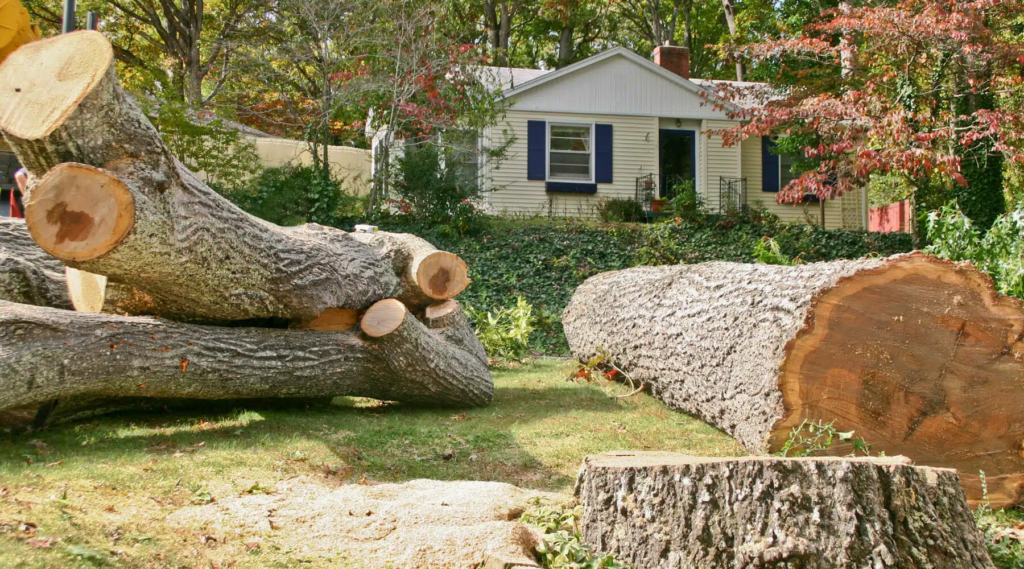
Professional Pruning and Maintenance
Many issues that prompt tree removal requests can be addressed through proper pruning:
- Safety concerns from overhanging branches
- Light blockage affecting gardens or solar panels
- View obstruction
- Building clearance issues
Professional arborists can develop maintenance plans that address these concerns while preserving the tree. According to the International Society of Arboriculture, proper pruning can extend a tree’s lifespan by 20-40% while mitigating many common complaints.
Root Barriers and Management
For trees causing hardscape damage or utility concerns:
- Root barriers can prevent further damage to foundations, driveways, and utilities
- Root pruning (when done properly) can manage some issues without full tree removal
- Design modifications to hardscape elements can accommodate valuable trees
Transplanting
For smaller or particularly valuable trees, transplanting may be a viable alternative to removal:
- Professional tree spading services can move trees up to 12 inches in diameter
- Success rates are highest for trees under 6 inches in diameter
- Costs typically range from $500-$3,000 depending on size and complexity
- Many jurisdictions consider successful transplanting as an alternative to removal permits
Environmental and Community Impacts of Tree Removal
When considering tree removal, it’s important to understand the broader impacts beyond your property:
Ecosystem Services Lost
Mature trees provide quantifiable ecosystem services that are immediately lost upon removal:
- A single mature oak can support over 500 species of insects, birds, and mammals
- Large trees intercept thousands of gallons of stormwater annually, reducing flooding and erosion
- Urban trees capture particulate pollution, improving air quality
- Shade trees can reduce cooling costs by 15-35% during summer months
The U.S. Forest Service’s i-Tree tools can help quantify the specific environmental benefits of trees on your property, giving you a clearer picture of what’s at stake when considering removal.
Climate Change Considerations
Trees play a crucial role in climate change mitigation:
- They sequester carbon throughout their lives
- They reduce energy consumption through shading and windbreak effects
- They help mitigate urban heat island effects
- They provide resilience against extreme weather events
As climate concerns intensify, many jurisdictions are strengthening tree protection ordinances specifically to preserve these climate benefits.
Community Character and Property Values
Trees contribute significantly to neighborhood character and property economics:
- Streets with mature tree canopies typically have 3-15% higher property values
- Treed neighborhoods see higher occupancy rates in commercial districts
- Communities with strong tree canopies report lower crime rates and higher community satisfaction
- Exposure to trees and nature is associated with improved mental health outcomes
Reporting Illegal Tree Removal
If you witness illegal tree removal, most jurisdictions have processes for reporting violations:
When to Report
Consider reporting when you observe:
- Tree removal without posted permits
- Removal of trees in environmentally sensitive areas
- Removal that extends beyond property lines
- Clear violations of seasonal restrictions (some areas prohibit certain tree work during nesting seasons)
- Removal of trees marked with preservation tags or in protected areas
How to Report
Most municipalities have dedicated channels for tree ordinance violations:
- Contact the local code enforcement department
- Report through the planning or environmental department
- Use city services apps or websites, many of which have specific categories for tree violations
- Contact your state’s environmental protection agency for violations in protected habitats
When reporting, provide:
- The exact location
- Photos if possible
- Description of the activity
- License plate numbers or company names if crews are present
- Dates and times of observed activity
Neighbor Disputes and Property Line Trees
Trees on property boundaries present special legal considerations:
- In most states, trees on property lines are considered common property of both landowners
- Removing a boundary tree without neighbor consent can constitute trespass and property damage
- Courts typically award damages based on the full value of the tree, not just the portion on each property
- Some states have specific statutes addressing “boundary trees” with enhanced penalties for unauthorized removal
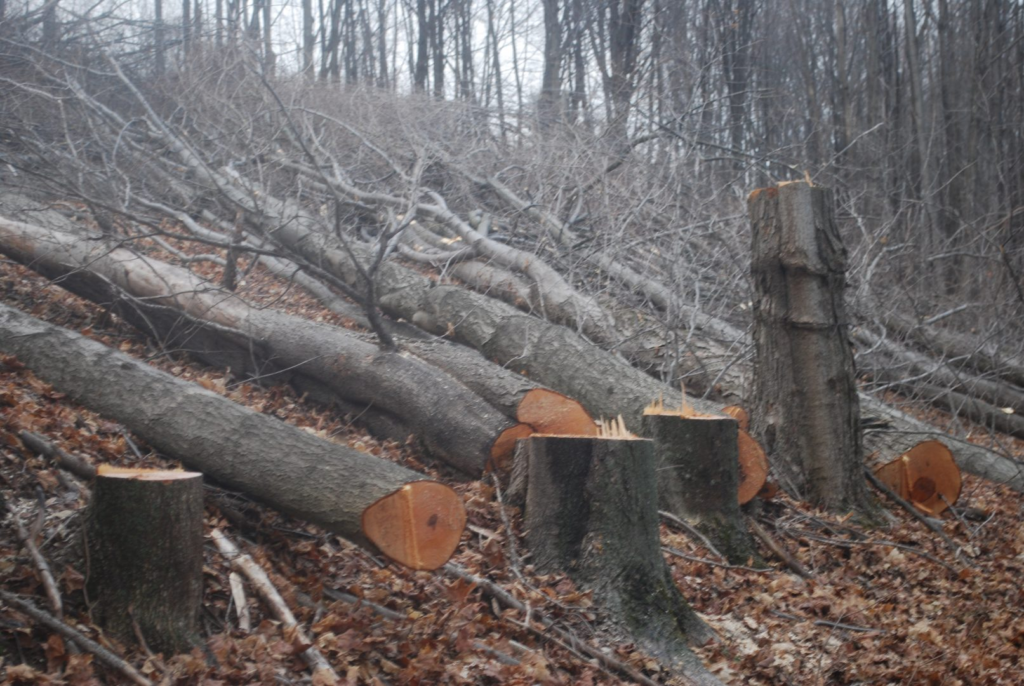
Sustainable Tree Management for Property Owners
Responsible stewardship of trees on your property benefits both you and the broader community:
Developing a Tree Management Plan
Consider working with a certified arborist to create a long-term tree management plan:
- Inventory existing trees and assess their condition
- Identify high-risk trees that may need future removal
- Schedule progressive pruning for young trees to develop strong structure
- Plan for strategic removals and replacements over time
- Select appropriate species for future plantings based on site conditions
Benefits of Proactive Management
A thoughtful approach to tree management provides numerous benefits:
- Reduced emergency removal costs
- Higher property values
- Lower liability risks
- Greater environmental benefits
- Compliance with local regulations
- Smoother permitting processes when removal is necessary
The USDA Urban and Community Forestry Program offers resources for homeowners interested in sustainable tree management.
Conclusion: Balancing Rights and Responsibilities
The trees on your property represent both a privilege and a responsibility. While property rights are fundamental in American law, they exist alongside obligations to the broader community and environment. Tree removal regulations aim to balance these competing interests.
By understanding the legal frameworks governing tree removal, respecting the permit processes in your jurisdiction, and considering alternatives to removal, you can avoid costly penalties while contributing to the environmental and aesthetic health of your community.
Remember that the costs of compliance—permit fees, proper procedures, and possible replacement plantings—are almost always substantially lower than the penalties for unauthorized removal. When in doubt, reach out to local authorities before cutting. They can guide you through the proper processes and help you make informed decisions about the trees on your property.
Additional Resources
For more information on tree regulations, proper care, and alternatives to removal:
- U.S. Forest Service Urban and Community Forestry
- International Society of Arboriculture
- Arbor Day Foundation
- Tree Care Industry Association
- American Planning Association – Tree Preservation Ordinances
- Legal Information Institute – Property Law
Before making decisions about trees on your property, consult with local authorities, certified arborists, and if necessary, attorneys familiar with environmental and property law in your jurisdiction. The modest investment in proper planning and compliance can save you significant expense and legal trouble in the long run.
